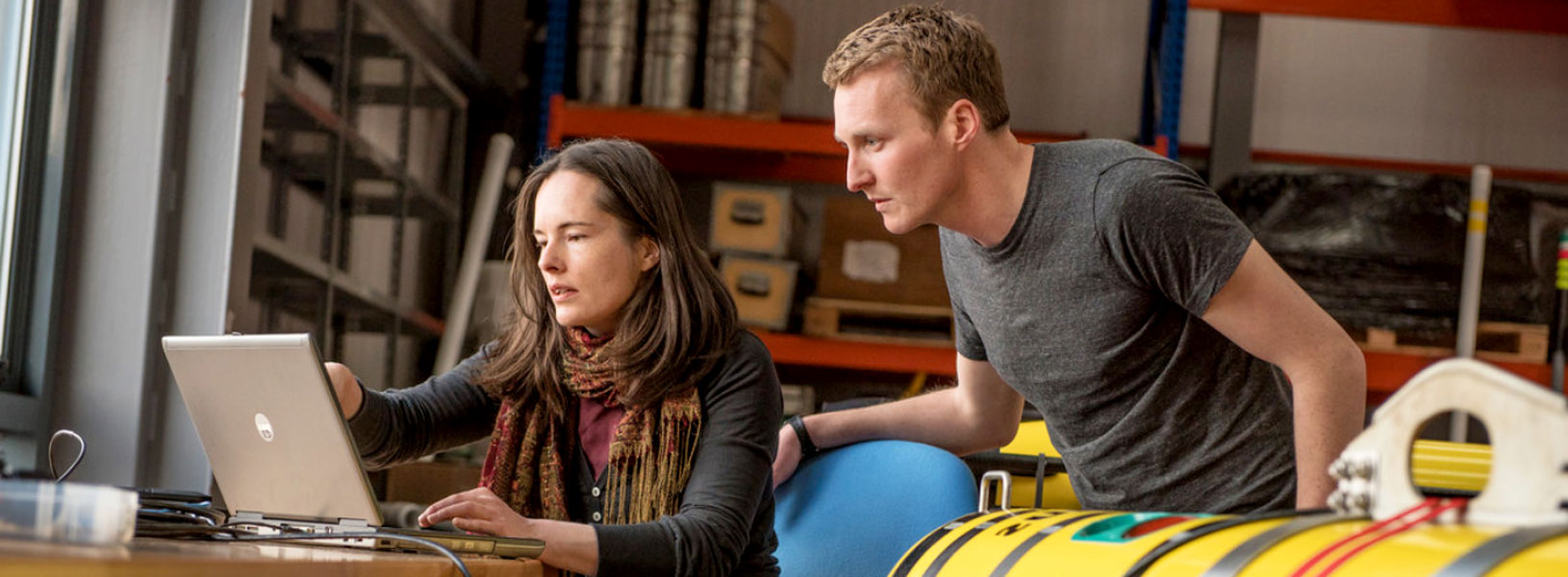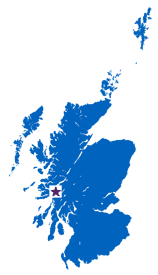Scottish Marine Robotics Facility
The Scottish Marine Robotics Facility helps tackle the challenges of working in the harsh marine environment and the difficulty of accessing our seas and oceans remains a major constraint on our ability to gain knowledge of marine systems.

But modern technology increasingly allows us to make in situ observations in even the most challenging environments - often from afar.
The centre is split into 8 subsections that cover the following areas:
Remotely Piloted Aircraft (RPA), small-RPA technology that has been adopted by the environmental research community to make measurements that were previously difficult or even impossible.
- Aerial survey (photogrammetry) under low cloud
- Polar sea-ice extent in winter
- Turbulence inside wind farms
- Meteorological profiling on small islands or even in the middle of a loch.
Drifters - automated collection, processing and real-time presentation of incoming data. We use Coastal drifters, Drifting Ears and Polar drifters.
Polar technologies - Using dog sleds for data collection, Ice Mass Balance buoys and other current developments. In addition to the development of polar instruments we have considerable expertise in deployment of instruments and the associated logistics in getting people and equipment to very remote polar sites. For testing our polar installations at the institute we have developed a -30oC cold room.
The North Atlantic Glider Base (NAGB) welcomes scientists from all over the world to bring Gliders to SAMS for deep water testing, launch and recovery for North Atlantic missions, and for advice on operations and on real-time data delivery. We also provide access to our gliders and AUV for development and trial of new sensors. The NAGB offers:
- Access to laboratory space for pre-mission Glider preparation including ballasting
- Access to coastal research vessels for sheltered deep water testing (to 200 m)
- Access to fast vessels for deployment and recovery for North Atlantic missions
- Advice on scientific and operational aspects of Glider missions
- Advice on software for real-time Glider data delivery to GTS or to data centres
UK Lander Centre at SAMS
SAMS is one of the leading institutes on benthic lander technology in the world and hosts several different types of landers for biogeochemical seafloor investigations, including Chamber, Profiling and Eddy landers. Our landers are involved in a number of research projects around the world spanning from the high Arctic down to the equatorial Atlantic, and from shallow coastal and estuarine environments down to the deep abyssal plains and ocean trenches.
Moorings and ocean observatories
Moorings are collections of instruments that are connected - at various depths - to a wire that is often anchored on the sea floor. Our moorings are long-term moorings deployed for years. The data collected by the different instruments is either collected regularly or sent by satellite to the lab.
Autonomous Underwater Vehicles (AUVs)
AUVs travel independently through sea water along pre-programmed pathways while measuring horizontal variations in water properties. Our REMUS AUV is designed to measure the amount of small-scale turbulent mixing in the ocean as well as temperature, salinity, water velocity and chlorophyll fluorescence.
Seabed mapping technologies
The Scottish Marine Institute uses a Klein 3000 dual frequency side-scan sonar with Triton workstation and software for both acquisition and processing. Its use on the UK shelf is currently being realised through extensive mapping for benthic habitats, offshore civil engineering and defence projects and can also be used in the interpretation of the extent and impact of past climatic change (e.g. glaciation by mapping moraine and hence palaeo-ice limits) on the seafloor. This system is ideal for use from the SAMS research vessel Calanus.

Key information and contact details
You can find more detailed information at the Centre website.
Contact information - for technical discussions please contact the lead person identified for each technique as listed on the centre website (link above). If you would like a commercial quote for hiring equipment or for other contract discussion, please contact SRSL.
Centre Scientific Contact: Professor Mark Inall
Email: mark.inall@sams.ac.uk
T: +44 [0]1631 559 267
Technical Contact: Dr Phil Anderson
Email: Philip.Anderson@sams.ac.uk
T: +44 [0]1631 559 438
Centre for Smart Observations, Scottish Marine Institute, Oban, Argyll, PA37 1QA
Research Experts and Publications | Energy | Health | Environment | Northern Studies | Marine | Contacts